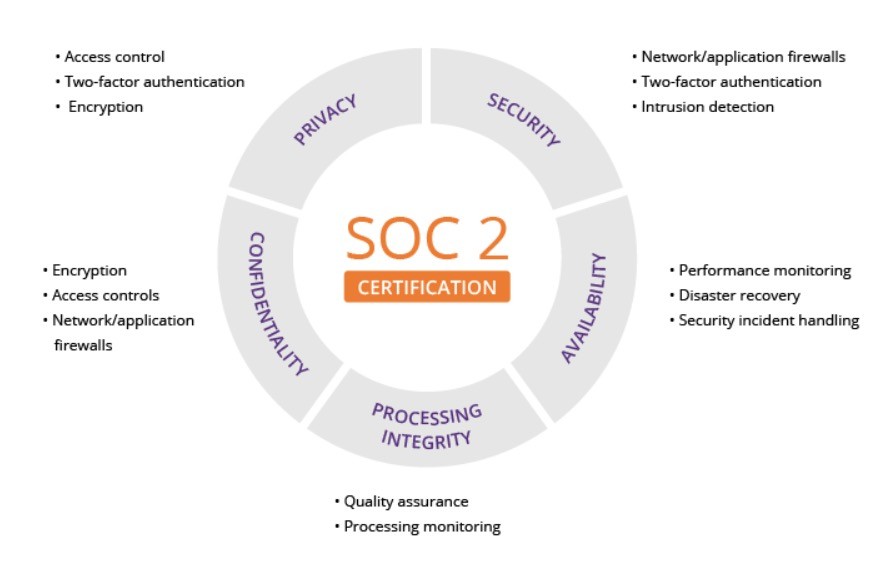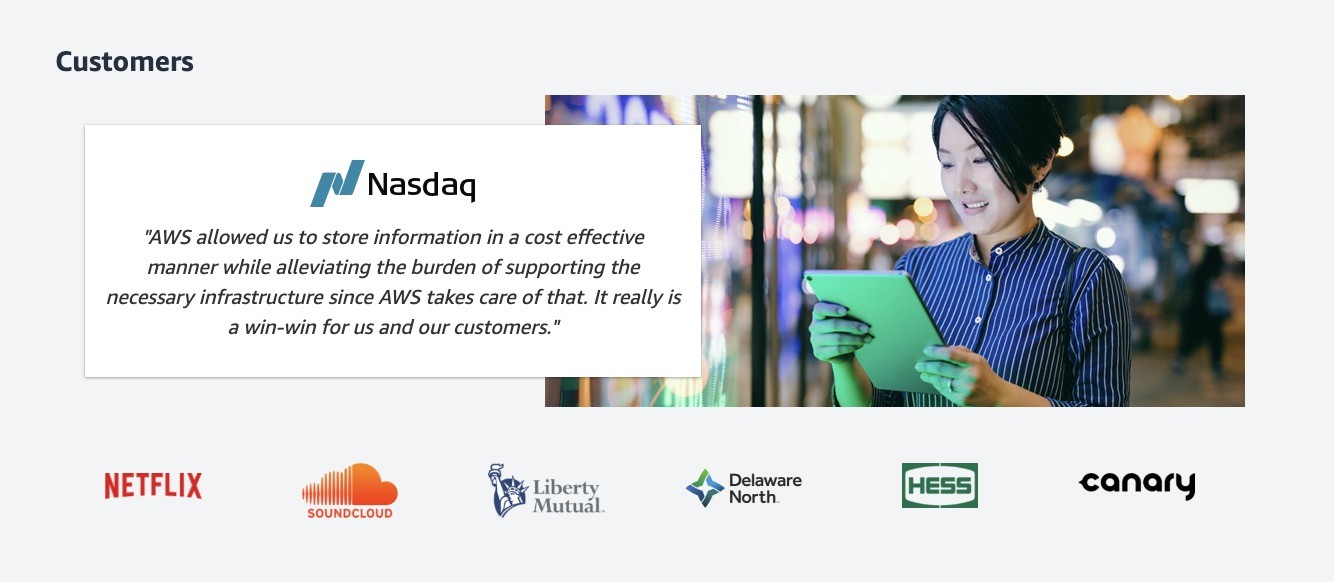Curious about how secure of your website’s data? Explore this blog for insights into Webflow’s robust data security measures and the steps taken by the company to safeguard user privacy. Uncover how Webflow prioritizes your privacy and the advantages of leveraging its secure features.
Comparing Webflow to other platforms reveals why ambitious startups favor Webflow. A standout feature is the superior website security that surpasses rival solutions.
This piece details Webflow’s security initiatives and outlines why it is the top choice for your website needs.
Webflow: Internal Security
Delve into how Webflow upholds internal security as a company and how it impacts your website.
User Security: ISO 27001
Webflow ensures each employee has distinct identifiers and employs two-factor authentication to access the internal infrastructure. Such practices significantly reduce the chances of unauthorized parties hijacking these IDs to breach Webflow servers. Moreover, employee devices undergo encryption while physical servers are continuously monitored and shielded.
By adhering to these internal security protocols, Webflow attains ISO 27001 certification, signifying its commitment to data protection for itself and its clientele.
These measures secure your data on Webflow’s platforms from prying eyes and potential intruders.
Conducting Routine Audits for Security: SOC 2

The SOC 2 standard, "Service Organization Control 2," fashioned by AICPA (American Institute of Certified Public Accountants), mandates companies to implement robust web security practices that are routinely updated.
Securing SOC 2 compliance necessitated Webflow’s successful completion of a comprehensive security audit, affirming the reliability of its protective systems. This audit assesses five pivotal criteria:
- assurance: Safeguarding systems and data collected on Webflow sites against unauthorized access.
- readiness: Ensuring continuous availability of Webflow systems.
- Promptness of operations: Webflow systems function swiftly and accurately.
- discretion: Protection of classified information.
- refuge: Safe storage, usage, and data disposal.
Webflow secured SOC 2 Type 1 certification in December 2020 and pass the SOC 2 Type 2 audit process in 2022 , Webflow is committed to ensuring the highest security standards for its clients’ websites through continuous efforts.
Security for Websites Constructed with Webflow
Webflow assures robust internal data handling processes, but what about security on your actual Webflow site?
Webflow Hosting: AWS
Webflow websites are predominantly hosted on AWS (Amazon Web Services), a globally popular cloud hosting solution. AWS maintains an extensive security team dedicated to identifying and thwarting potential vulnerabilities, rendering it highly resilient to cyber threats.

SSL Encryption
For secure browsing on your website, user data must remain private and impervious to third-party meddling.
Webflow safeguards all website pages with Secure Sockets Layer (SSL) encryption to shield data exchanged between the user’s browser and the hosting server.
In essence, SSL encryption shields data transmitted to and from the server, maintaining confidentiality. Most websites deploy this protocol to fortify data security.
You can easily confirm the activation of SSL encryption by checking the website URL, noting the transition from "http" to "https," indicating secure data transmission!
No External Plugin Dependencies
Many CMS platforms like WordPress encounter issues due to third-party plugins facilitating extensions like contact forms, payment gateways, or security components.
While these add-ons offer convenience by saving effort on complex customizations, they often lack regular updates, exposing security vulnerabilities. Webflow eliminates such risks by developing all features natively and only collaborating with reputable firms like Mailchimp and Stripe for integrations, known for their transparent and robust security policies, reducing the risk of website breaches.
Robust Payment Security
Ensuring the security of transactions is paramount for Webflow e-commerce sites. Webflow has partnered exclusively with Stripe, a Level 1 Service Provider certified entity, to securely handle all transactional and payment data.
Stripe implements state-of-the-art security measures like TLS and HTTPS for data protection, certifying user PCI compliance (global payment data security standards).
To address specific security concerns related to Webflow, feel free to engage with a Webflow Local Partner Agency in Asia.
Webflow and the GDPR — Considerations for the Europe Region
Finally, the alignment of Webflow with GDPR remains a pivotal consideration. It concerns the GDPR. Under titles like “Webflow — Ensuring Security” or “Webflow Legal Insights,” certain speculations on the web imply that Webflow may pose challenges in this aspect.
While it may seem complex in theory, breaking it down in practice is simple. For Europe websites built with Webflow, some key considerations must be remembered.
Webflow Hosting
As Webflow is hosted on AWS, as clarified previously, Amazon Web Services employs North American and European servers to process data.
As it cannot be guaranteed that the data resides solely on European servers, it may pass through foreign servers, even if only for administrative purposes, without risking exposure.
This situation falls into a grey area within Europe data protection regulations — similar to other US-based tool providers such as Mailchimp, Google Analytics, and others.
Webflow has recently stated that clients with an Enterprise Plan will have access to GDPR-compliant hosting in the future.
Webflow Forms
The scenario with forms on a Webflow site is quite akin to the architecture: Most likely, all inputted data will initially pass through a non-European server. Information entered through contact forms is preserved in Webflow’s backend for later retrieval.
Webflow GDPR Approach
The most practical way to address these discrepancies is by including a privacy statement on your site. The instances mentioned above should be expounded upon to provide legal protection. It is advisable to engage a legal advisor to review the Data Processing Addendum from Webflow and establish a Data Processing Agreement alongside linking it to your privacy policy.
For guidance in drafting the privacy policy precisely and accurately, it could be beneficial to consult with a professional.
If uncertain, Webflow’s customer service is reachable at [email protected]; for assistance from Webflow Chinese Tech Support – Tenten: – Webflow’s support team is ready to address any queries or qualms.
- Prevent Your Webflow Site from Downtime: Routine Maintenance Matters - April 18, 2024
- Webflow and data security — The level of protection Webflow offers - April 18, 2024

